The Partek Flow Uploader is a Torrent Browser plugin that lets users upload run results to Partek Flow for further analysis.
Quick Video Tutorial on running the Plugin
The clip above (video only, no audio) shows the Partek Flow Uploader plugin in action.
Downloading the Plugin
Download the Partek® Flow® Uploader from the links below:
https://customer.partek.com/plugins/PFU/PartekFlowUploader-1.03.zip
This is a compressed zipped file. Do not unzip.
Installation of the Plugin
Installation only needs to be performed once per Torrent Browser. All users of the same instance of Torrent Browser will be able to use the plugin. For future versions of the plugin, the steps below can also be used for updating.
To install the plugin, first log into Torrent Browser (Figure 1).
Navigate to Plugins under dropdown menu in upper-right corner under the gear icon (Figure 2).
Click the Install or Upgrade Plugin button (Figure 3).
Click Select File (Figure 4) and use the file browser to select the zip file you downloaded from the download link. Click Upload and Install.
Verify that the Partek Flow Uploader is listed and that the Enabled checkbox is selected (Figure 5).
From the plugins table, click the (Manage) gear icon for the Partek Flow Uploader and select Configure in the drop-down menu (Figure 6).
Global Partek Flow configuration settings can be entered into the plugin. When set, it will serve as the default for all users of the Torrent Browser. If multiple Partek Flow users are expected to run the plugin, it is recommended to leave the username and password fields blank so that individual users can enter them as needed.
In the configuration dialog (Figure 7), enter the Partek Flow URL, your username and your password. Clicking on Check configuration would verify your credentials and indicate if a valid username and password has been entered. Click Save when done.
Click the Rescan Plugins for Changes button. Rescanning the plugins will finish the installation and save the configuration.
Adding the Plugin to your Run Plan
In the Torrent Browser, you can configure a Run Plan to include the Partek Flow Uploader. You can create a new Run Plan (from a Sample or a Template) or edit an existing Run Plan. In the example in Figure 8, the Partek Flow Uploader will be included in an existing Run Plan. From the Planned Runs page, click the gear icon in the last column, and choose Edit.
In the Edit Plan page, go to the Plugins tab (Figure 9) and select the checkbox next to the PartekFlowUploader.
Click the Configure hyperlink next to the PartekFlowUploader (Figure 10). If necessary, enter the Partek Flow URL, your username and your password. These are the same credentials you use to access Partek Flow directly on a web browser. Note that some fields may already be pre-populated depending on the global plugin configuration, you can edit the entries as needed. All fields are required to successfully run the plugin.
The Project Name field will be used in Partek Flow to create a new project where the run results will be exported. However, if a project with that name already exists, the samples will be added to that existing project. This enables you to combine multiple runs into one project. Project Names are limited to 30 characters. If not specified, the plugin will use the Run Name as the Project Name.
Click the Check configuration button to see if you typed a valid username and password. When ready, click Save Changes to proceed.
Proceed with your Run Plan. The plugin will wait for the base calling to be finished before exporting the data to Partek Flow.
Once the Run Plan is executed, data will be automatically exported to the Partek Flow Server. In the Run Report, go to the Plugin Summary tab and the plugin status will be displayed. An example of a successful Plugin upload is shown in Figure 11.
To access the project, click on the Partek Flow hyperlink in the plugin results (Figure 11). You can also go directly to Partek Flow in a new browser window and access your account. In your Partek Flow homepage (Figure 12), you will now see the project created by the Partek Flow Uploader.
Running the Plugin from a Report
You can manually invoke the plugin from a completed run report. This allows you to export the data from the Torrent Server if you did not include the plugin in the original run plan. This also gives you the flexibility to export the same run results onto different project(s). Open the run report and scroll down to the bottom of the page (Figure 13). In the Plugin Summary tab, click the Select Plugins to Run button.
From the plugin list (Figure 14), select the PartekFlowUploader plugin.
Configure the Partek Flow Uploader. Enter the Partek Flow URL, your username and your password (Figure 15). These are the same credentials you use to access Partek Flow directly on a web browser. Although some fields may already be pre-populated depending on the global plugin configuration, you can edit the entries as needed. All fields are required to successfully run the plugin.
The Project Name field will be used in Partek Flow to create a new project where the run results will be exported. However, if a project with that name already exists, the samples will be added to that existing project. This enables you to combine multiple runs into one project. Project Names are limited to 30 characters. The default project name is the Run Name.
When ready, click Export to Partek Flow to proceed. If you wish to cancel, click on the X on the lower right of the dialog box.
Note that configuring the Plugin from a report (Figure 15) is very similar to configuring it as part of a Run Plan (Figure 10) with two notable differences:
- The Check configuration has been replaced by Export to Partek Flow button, which when clicked, immediately proceeds to the export.
- The Save changes button has been removed so any change in the configuration cannot be saved (compared to editing a run plan where plugin settings are saved)
Once the plugin starts running, it will indicate that it is Queued on the upper right corner of the Plugins Summary (Figure 16). There will also be a blue Stop button to cancel the operation.
Click the Refresh plugin status button to update. The plugin status will show Completed once the export is done and the data is available in Partek Flow (Figure 11).
Sample table created by the Plugin
The Partek Flow Uploader plugin sends the unaligned bam files to the Partek Flow server. For each file, a Sample of the same name will be created in the Data tab (Figure 17).
Reads that had no detectable barcodes have been combined in a sample with a prefix: nomatch_rawlib.basecaller.bam (Row 17 in Figure 17). You can removed this sample from your analysis by clicking the gear icon next to the sample name and choosing Delete sample.
The data transferred by the Partek Flow Uploader is stored in a directory created for the Project within the user's default project output directory. For example, in Figure 17, the data for this project is stored in: /home/flow/FlowData/jsmith/Project_CHP Hotspot Panel.
Conversion of UBAM to FASTQ files
The plugin transfers the Unaligned BAM data from the Torrent Browser. The UBAM file format retains all the information of the Ion Torrent Sequencer. In the Partek Flow Project, the Analyses tab would show a circular data node named Unaligned bam. Click on the data node and the context-sensitive task menu will appear on the right (Figure 18).
Unaligned BAM files are only compatible with the TMAP aligner, which can be selected in the Aligners section of the Task Menu. If you wish to use other aligners, you can convert the unaligned BAM files to FASTQ using the Convert to FASTQ task under Pre-alignment tools. Some information specific to Ion Torrent Data (such as Flow Order) are not retained in the FASTQ format. However, those are only relevant to Ion Torrent developed tools (such as the Torrent Variant Caller) and are not relevant to any other analysis tools.
Once converted, the reads can then be aligned using a variety of aligners compatible with FASTQ input (Figure 19) . You can also perform other tasks such as Pre-alignment QAQC or run an existing pipeline. Another option is to include the Convert to FASTQ task in your pipeline and you can invoke the pipeline directly from an Unaligned bam data node.
Additional Assistance
If you need additional assistance, please visit our support page to submit a help ticket or find phone numbers for regional support.


| Your Rating: |
    
|
Results: |
    
|
36 | rates |
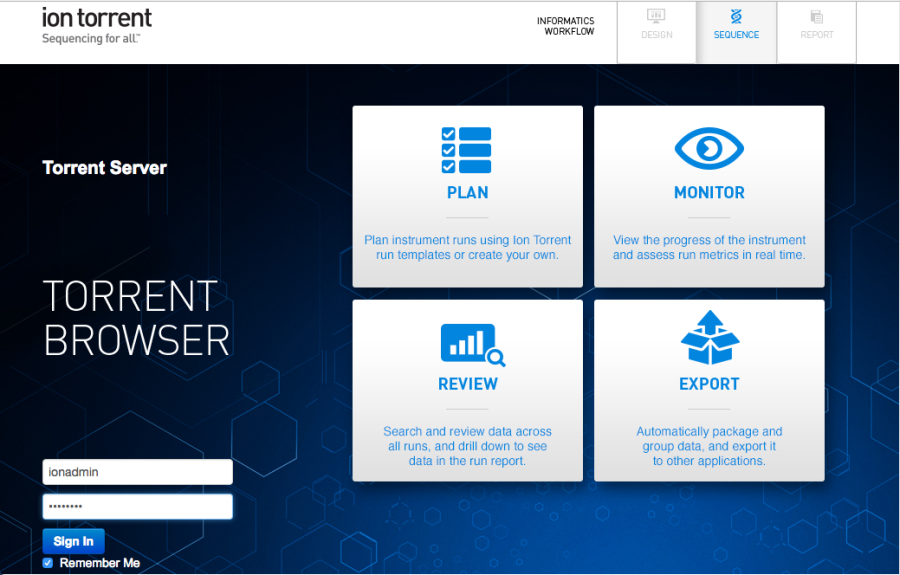
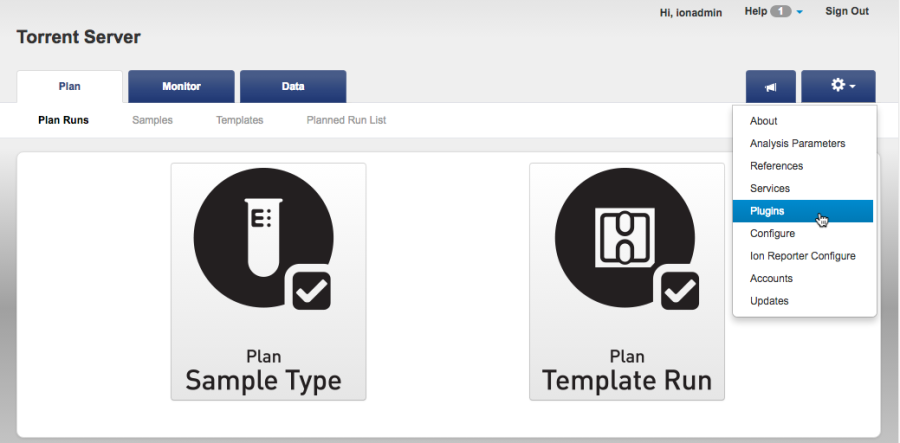
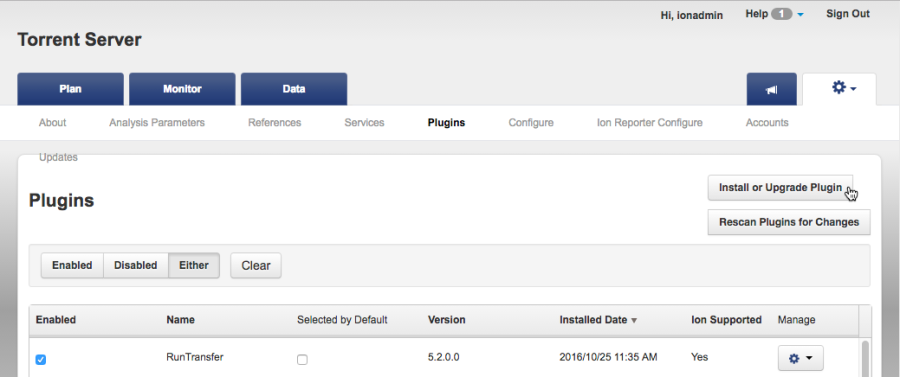
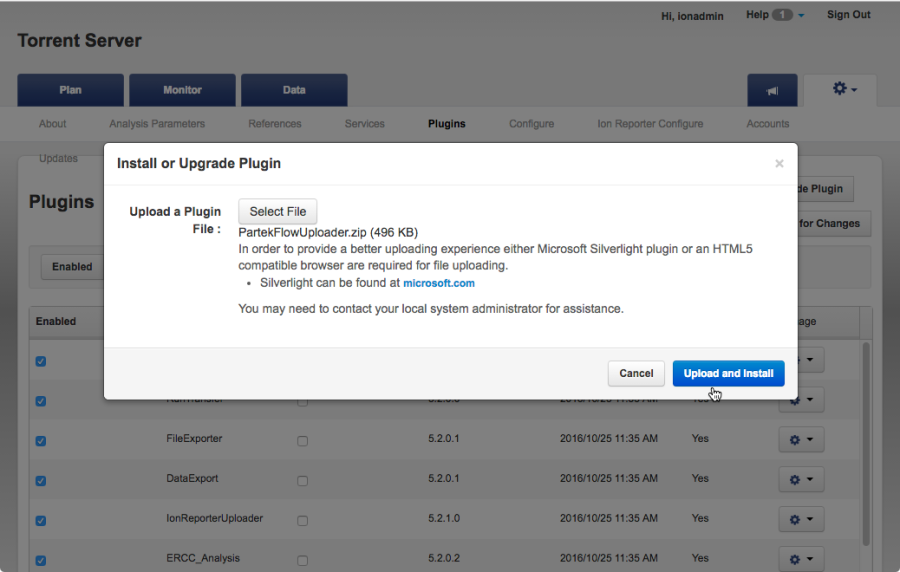

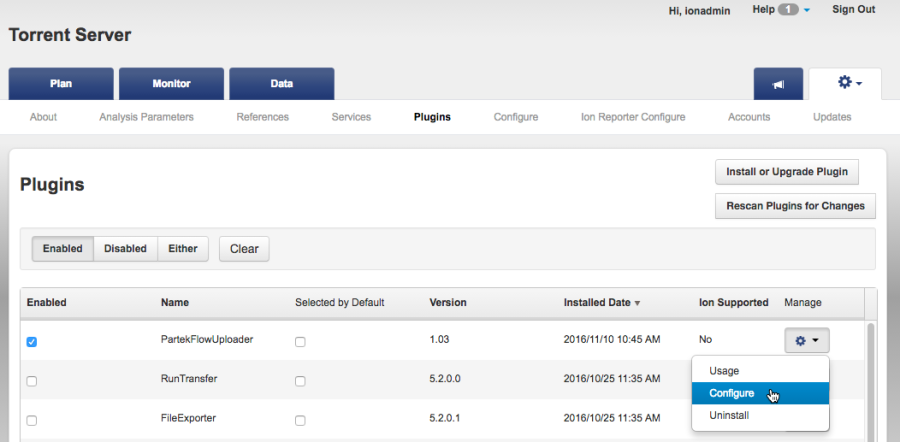
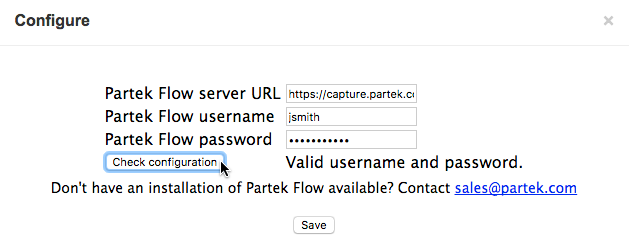
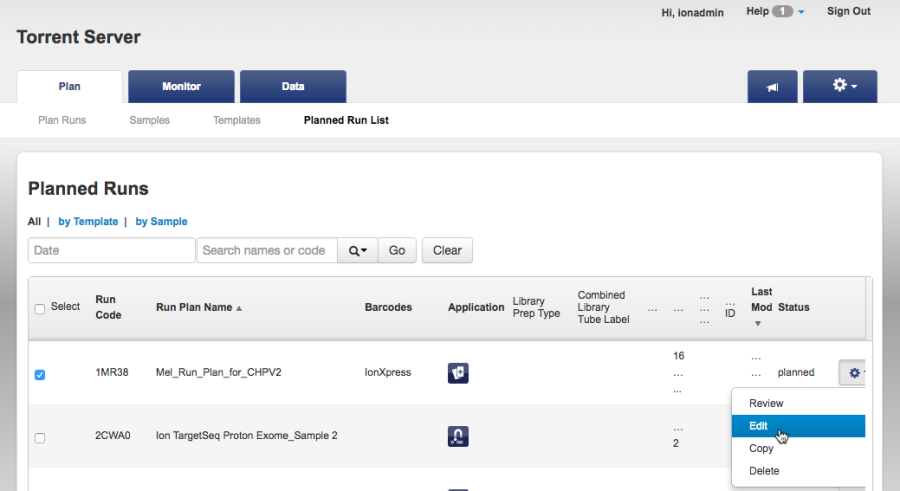
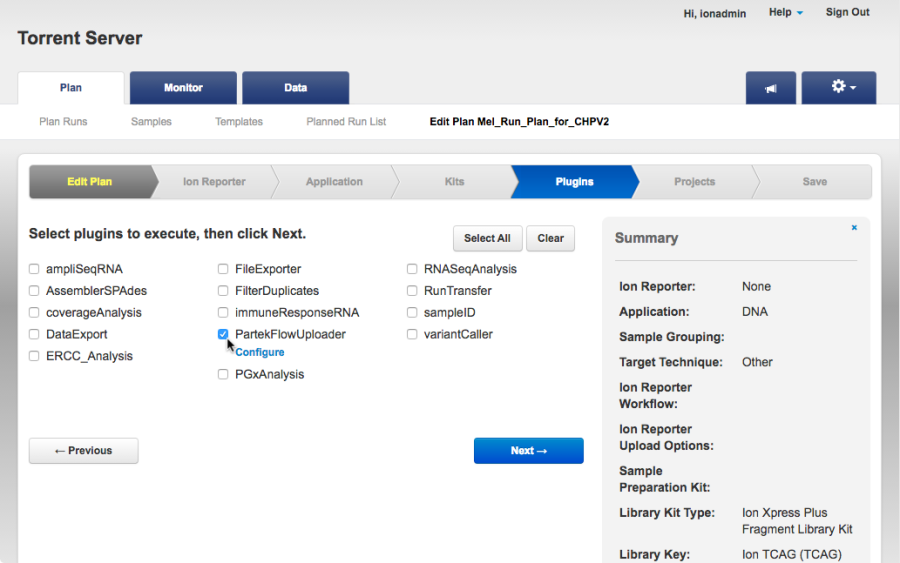
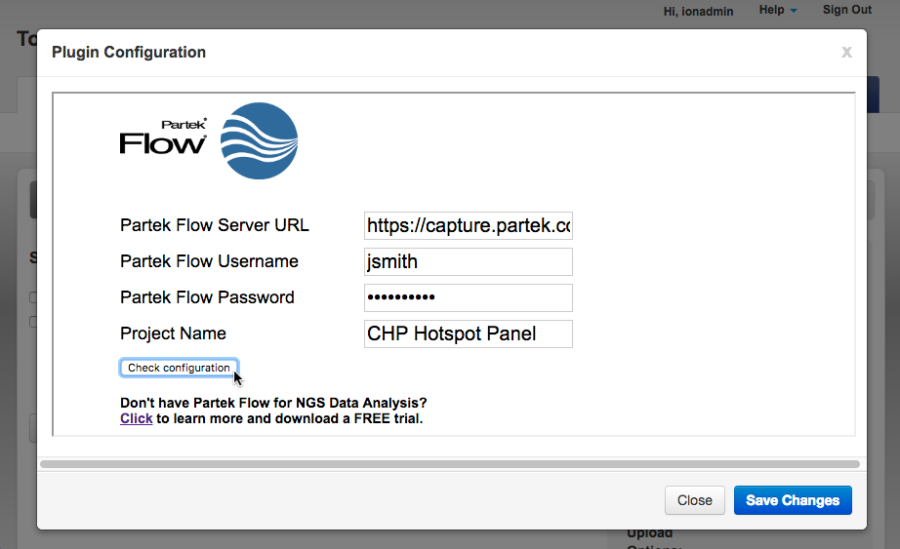

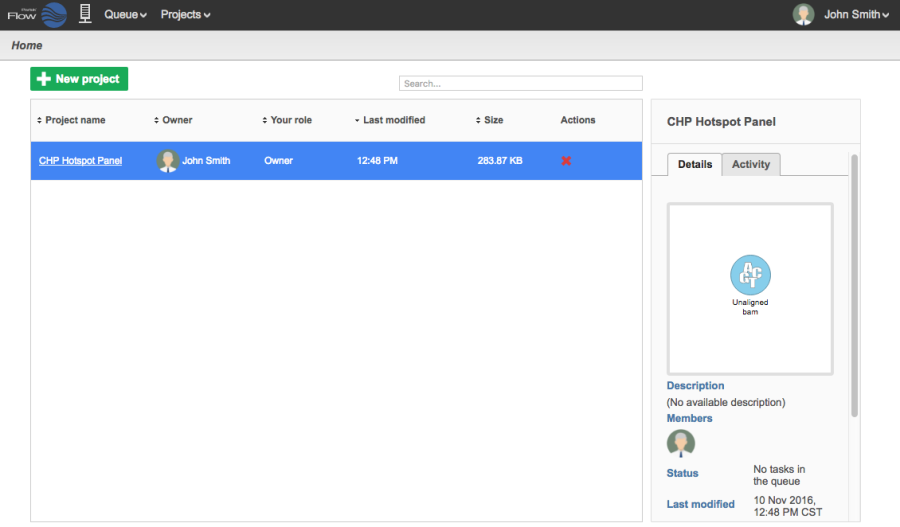

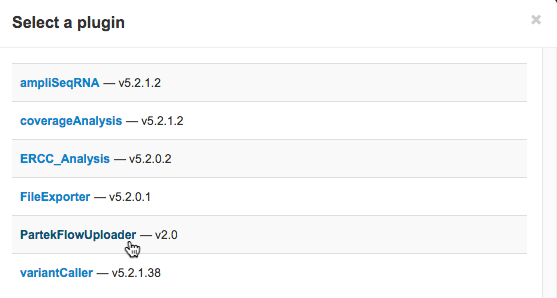
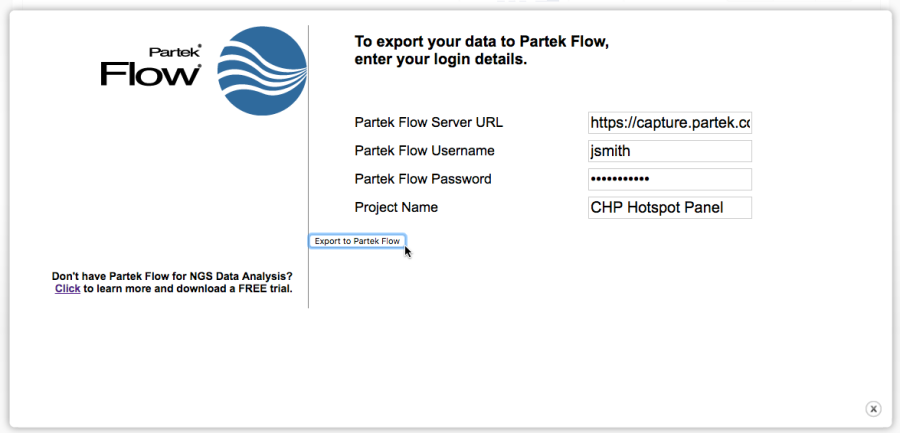



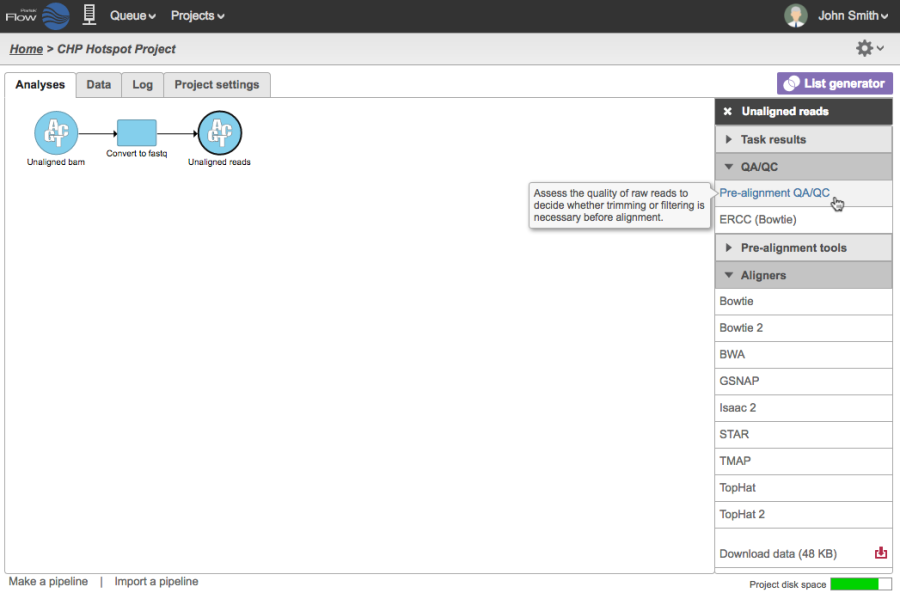
1 Comment
Melissa del Rosario
author: mdelrosario